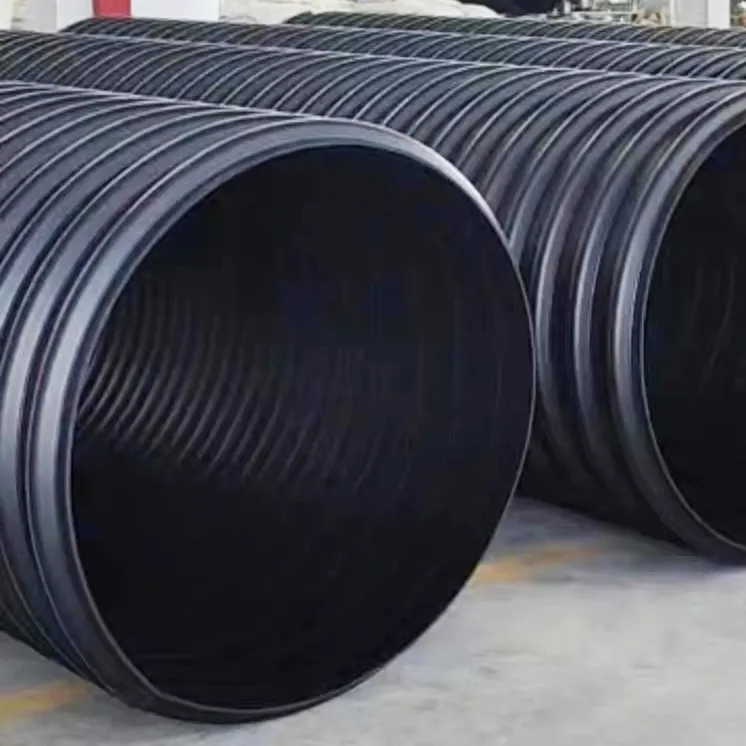A 500 gallon septic tank is a large, underground tank that stores wastewater and other liquid waste. It is most commonly used in rural parts of Bangladesh where there is no access to a municipal sewage system. The septic tank is designed to break down solid waste particles, so that it can be safely discharged into the environment. This provides a sanitary solution to the challenge of collecting and disposing of wastewater in rural areas.
The installation of these septic tanks has had a positive impact on the quality of life in Bangladesh. Before the introduction of septic tanks, people in rural Bangladesh had to use open sewers or latrines, which posed serious health risks due to the spread of diseases. The septic tank offers a cleaner and more efficient solution to this problem. Additionally, it helps to reduce the amount of wastewater that is discharged into rivers and other water sources, thus improving water quality.
Despite the many benefits of septic tanks, there are also some challenges associated with their use. For example, improper maintenance of the tank can lead to the release of harmful bacteria and other contaminants into the environment. Additionally, the tank needs to be regularly emptied and cleaned in order to prevent it from becoming clogged and inefficient. This requires a large amount of labor and resources, which can be difficult for people in rural areas to access.
In order to ensure the sustainability of the 500 gallon septic tank in Bangladesh, it is important to develop a comprehensive maintenance plan. This should involve regular inspections of the tank to identify any potential problems, as well as regular cleaning and emptying of the tank. Additionally, it is important to educate people on the proper use and maintenance of the tank, so that it can continue to be used safely and effectively.
In conclusion, a 500 gallon septic tank can be a valuable asset for people in rural Bangladesh. It offers a safe and effective solution to the challenge of collecting and disposing of wastewater, and it can improve the quality of life for people in the area. However, it is important to address the challenges associated with the tank and to develop a comprehensive maintenance plan in order to ensure its sustainability.



981.webp)

 (1)379.webp)

294.webp)
476.webp)
420.webp)
146.webp)
460.webp)
287.webp)
274.webp)
688.webp)


